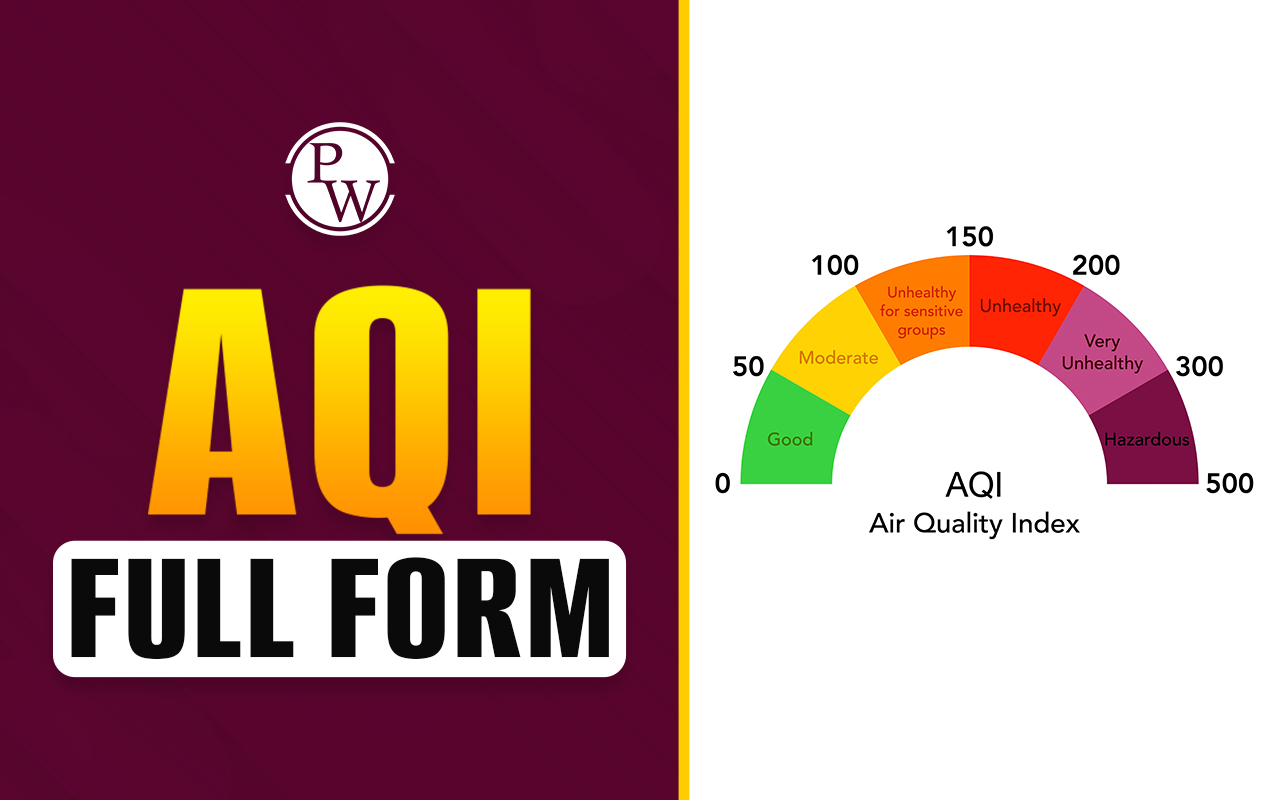

An organic substance known as a nucleotide is composed of three different subunits: a nucleobase, a sugar with five carbons, and a phosphate group. A nucleobase, a five-carbon sugar, and a phosphate group are the three components that make up the chemical molecule known as nucleotide.
Either ribose or deoxyribose may be the sugar. The sugar found in the nucleotides that make up RNA is called ribose sugar. The sugar found in DNA is called deoxyribose. The monomeric components of nucleic acids are called nucleotides. The sugar rings of two neighbouring nucleotide monomers are connected by a phosphate group. The backbone of a nucleic acid is composed of the phosphate groups and the sugar moieties.
CMP stands for cytidine monophosphate. The nucleotide employed as a monomer in RNA is cytidine monophosphate, often known as 5'-cytidylic acid or just cytidylate and abbreviated CMP. It is a phosphoric acid and cytidine nucleoside ester. CMP is a ribonucleoside monophosphate because it contains a phosphate group, the pentose sugar ribose, and the nucleobase cytosine.
Common Biological Reactions
- De novo synthesis routes may provide CMP. Similar to other pyrimidines, cytosine is created by a series of processes, starting with the synthesis of carbamoyl phosphate and ending with the oxidation of orotate to yield dihydroorotate and carbamoyl aspartate.
- A ribose phosphate called 5-phospho-D-ribosyl 1-pyrophosphate (PRPP) interacts with orotate to produce orotidine-5-monophosphate (OMP).
- Then, OMP is changed into other pyrimidines. The OMP decarboxylase enzyme makes it easier to decarboxylate OMP and produce uridine monophosphate (UMP).
- Uridine diphosphate (UDP) and uridine triphosphate are produced via the phosphorylation of UMP (UTP).
- Through the action of the enzyme CTP synthetase, amination of UTP results in the synthesis of cytidine triphosphate (CTP).
- CTP is broken down by RNAse, which results in the loss of two phosphates leading to formation of CMP.
Biological Function of CMP
- CMP one of the RNA monomers. Deoxycytidine monophosphate is created during the reduction of CMP.
- The enzyme CMP kinase can also phosphorylate CMP to create cytidine diphosphate (CDP), where the phosphate group may be provided by ATP or GTP.
- Cytidine triphosphate is produced by further phosphorylation (CTP).
- For medicinal purposes, UMP and CMP are prescribed for human neuromuscular disorders.
- The nucleotide cytidine-5-monophosphate (CMP) increases neuronal functioning and muscle strength.
- CMP is a metabolite of the nervous system that works as an enzyme cofactor for the synthesis of phospholipids and glycolipids.
[wp-faq-schema title=" Full form of CMP FAQs" accordion=1]
What is the class of cytidine?
What is cytidine monophosphate?
What are the functions of CMP?












